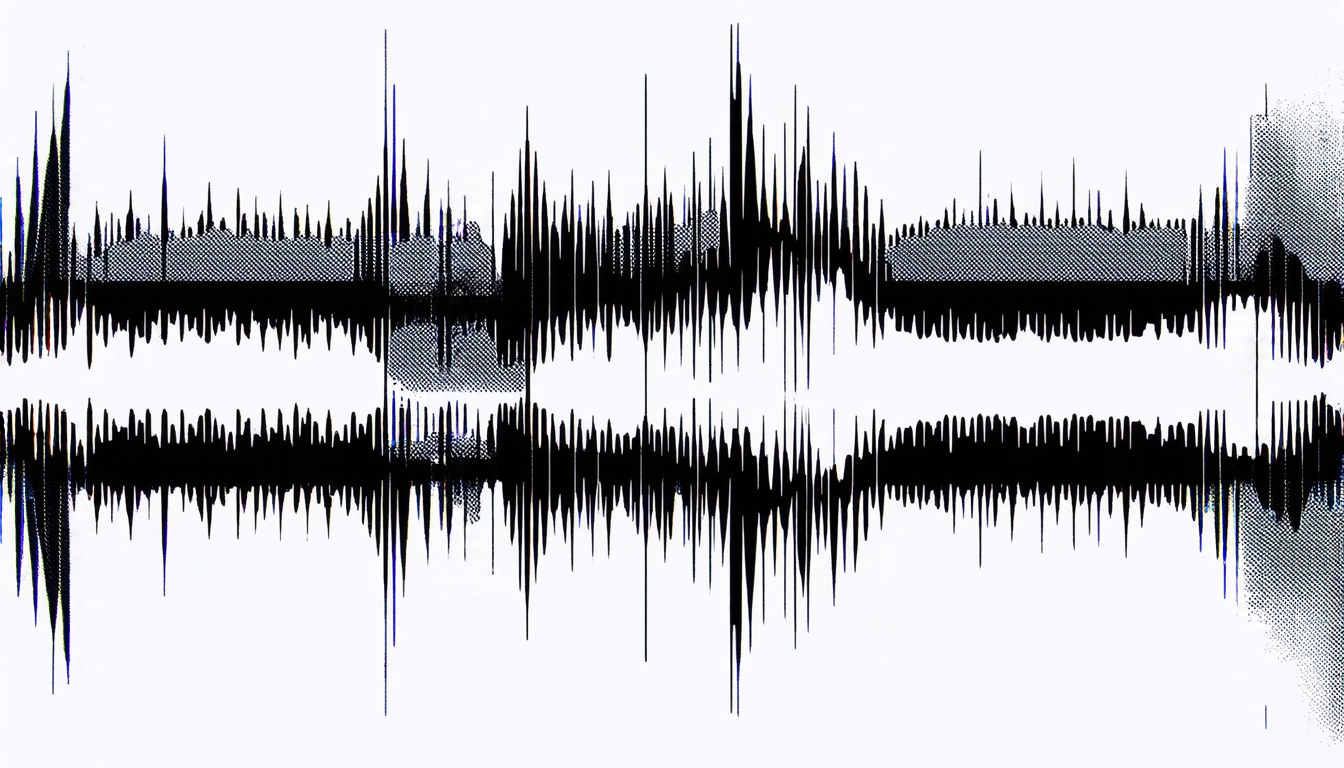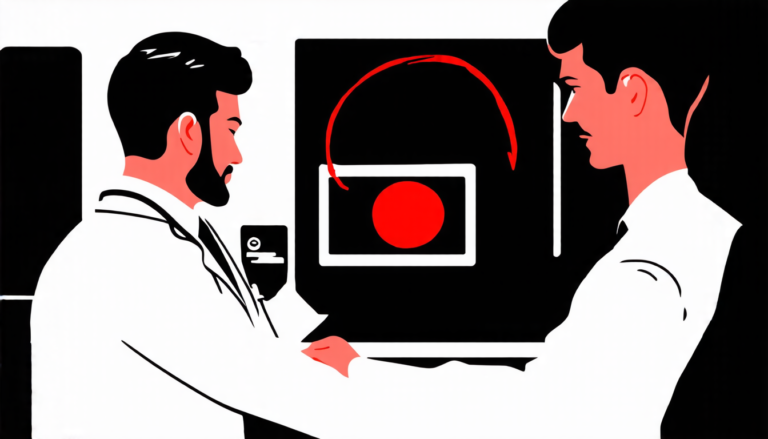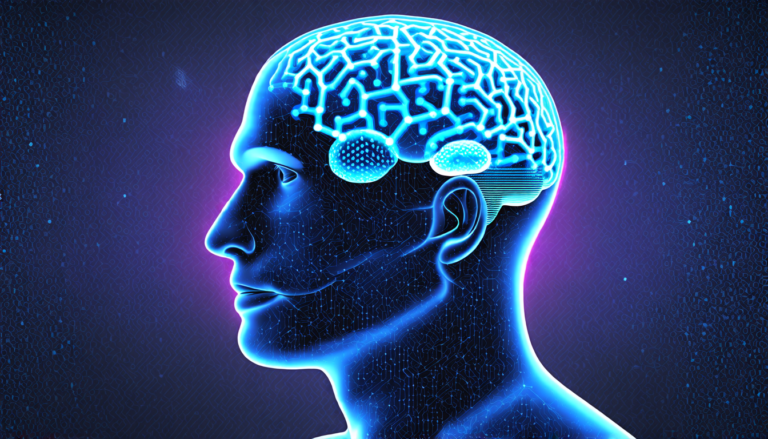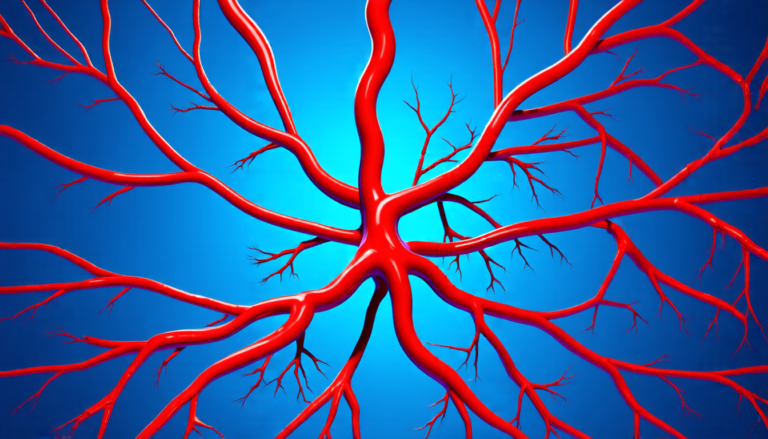Wednesday 26 March 2025
The quest for a universal audio representation has long been an elusive goal in the field of artificial intelligence. Researchers have been working tirelessly to develop a system that can accurately recognize and classify various types of sounds, from music to environmental noises. Recently, a team of scientists made significant progress in this area by introducing a new method called Masked Latent Prediction and Classification (MATPAC).
The key innovation behind MATPAC lies in its unique approach to learning audio representations. Unlike traditional methods that rely on human-labeled data, MATPAC uses an unsupervised classification task to learn the patterns and structures within audio signals. This is achieved by masking certain parts of the audio input and training a model to predict what those masked areas should sound like.
The researchers tested MATPAC on a range of datasets, including music, environmental sounds, and even spoken language. The results were impressive, with the system achieving state-of-the-art performance in many cases. For example, when classifying musical genres, MATPAC was able to accurately identify the type of music (such as rock or jazz) from just a few seconds of audio.
But how does it work? The team used a combination of neural networks and transformers to develop MATPAC. The first part of the system is responsible for processing the raw audio data, extracting features such as pitch, rhythm, and timbre. The second part uses these features to generate a latent representation of the audio signal.
This latent representation is then fed into an unsupervised classification module, which tries to predict the original labels (such as music genre or environmental sound) based on the patterns and structures it has learned from the masked input data. Through this process, MATPAC is able to learn a robust representation of audio signals that can be used for a wide range of applications.
One of the most exciting aspects of MATPAC is its potential to revolutionize the field of music information retrieval (MIR). Currently, MIR systems rely heavily on human-labeled data and manual feature extraction. With MATPAC, researchers may be able to develop more accurate and efficient systems for tasks such as automatic music classification, music recommendation, and even music generation.
The implications of MATPAC extend beyond the field of MIR, however. The system’s ability to learn universal audio representations could have far-reaching consequences for areas such as speech recognition, environmental monitoring, and even medicine.
Cite this article: “MATPAC: A Breakthrough in Universal Audio Representation”, The Science Archive, 2025.
Ai, Audio Representation, Masked Latent Prediction, Classification, Unsupervised Learning, Neural Networks, Transformers, Music Information Retrieval, Mir, Speech Recognition.







